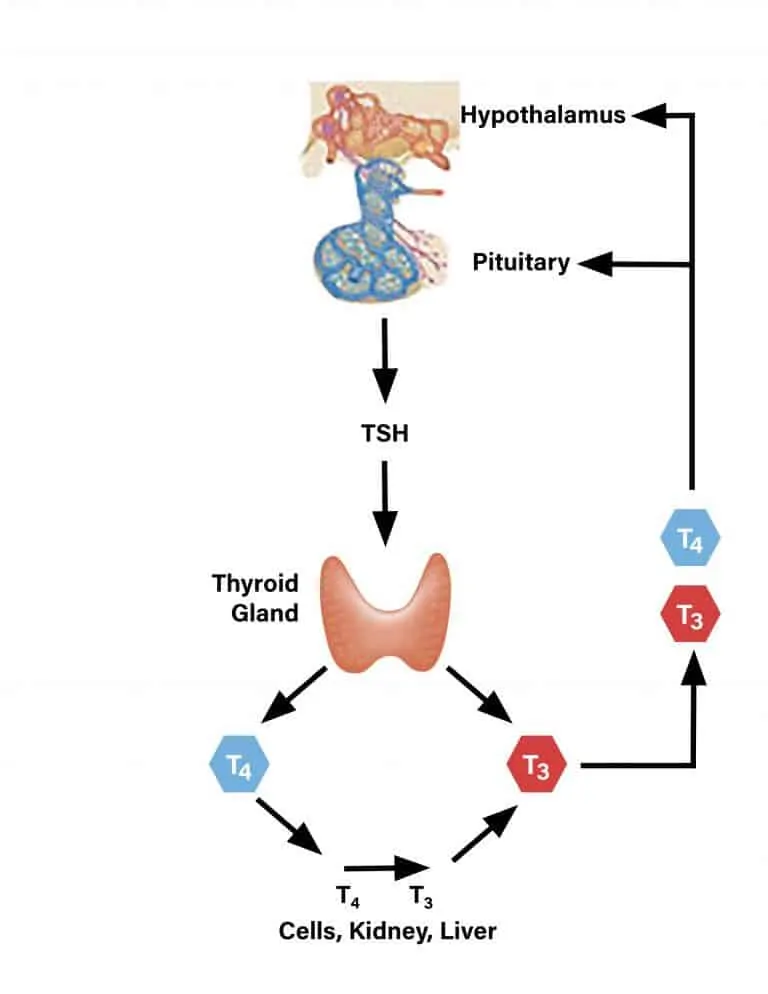
The human heart is a wonderful organ that pumps blood throughout the body to provide the constant supply of nutrients and oxygen that the cells need.
The heart consists of layers of muscular wall called the myocardium, a thin layer of tissue called the pericardium on the outside, and another thin layer called the endocardium that lines the chambers and valves of the heart. The heart has four chambers, the left and right atria and the left and right ventricles.
The right side receives deoxygenated blood from the body through the veins and pumps it to the lungs to be oxygenated and to remove carbon dioxide. The left side receives the oxygen-rich blood from the lungs and pumps it through the arteries back to the body. The blood moves through the heart chambers by a series of valves.
The heart also has its own electrical system that keeps the heart beating in a regular rhythm and also adjusts the rate at which it beats.
The heart is an intricate precision organ that needs some care. What the heart needs the most is the support provided by a good diet, needed supplements, the right exercise, and avoiding those things that can damage it such as alcohol, high stress levels, smoking, excess fat in the body, and toxins.
Blood Fats
There are certain vital types of fats in the blood, generally called lipids. These fats, cholesterol and triglycerides, are substances that are derived from some foods and then processed in the liver.
Cholesterol serves three main functions in the body. It is a building block for tissue, it assists the liver in bile production, and it aids in the production of certain hormones. Triglycerides store the unused calories and are a way for the body to store energy.
“Good” Cholesterol and “Bad” Cholesterol
Blood is made up of about 95% water and 5% fat. The fat molecules are hydrophobic, meaning that fats will not dissolve in water and won’t transport in water. In order for the fats to be distributed to the various parts of the body where they are needed, a conveyance or container to transport the fat in the blood is needed. This “container” for the fat is called a lipoprotein.
Two of the major lipoproteins are low-density lipoproteins (LDL) and high-density lipoproteins (HDL). Each of these two types of lipoproteins are made up of a mixture of cholesterol, triglycerides, and protein but in varying proportions. LDL contains more cholesterol and HDL contains a higher amount of protein.
LDL is called “bad cholesterol” because it transports fat from the liver to the body to be stored. LDL can then build up in any area of the body but has a predisposition to accumulate around the heart. LDL can gradually build up in one or more of the heart’s arteries and constrict the flow of blood. As the buildup in the arteries grows over time, it can eventually block the flow of blood. If the blood to the heart is blocked, a heart attack can occur. If the blood to the brain is blocked a stroke may result.
HDL is called “good cholesterol” because it transports the fat from the body to the liver. The liver then breaks it down and flushes it from the body.
What is Hardening of the Arteries?
Healthy cardiac arteries are elastic and flexible. They need to be in order to maintain a relatively constant blood pressure despite the pulsating nature of blood flow through the heart.
When LDL and other substances such as calcium form plaque deposits in the walls of the arteries, the arteries will harden. This condition is called atherosclerosis, or “hardening of the arteries”.
One of the things that often precedes hardening of the arteries is oxidative damage. Cardiac oxidative damage occurs when the lining of the blood vessels and arteries has been assaulted by exposure to toxic chemicals such as toluene, benzene, butane, and others, many of which are found in tobacco products. These toxic chemicals damage the vessels and arteries and the body will respond by plugging the holes created. Classically, the body will use blood fats as a temporary fix. If the exposure to chemicals continues over a period of time, however, the fats become increasingly attracted to the area and deposit themselves as plaque in the arteries.
Ceasing exposure to toxic chemicals is certainly recommended but there are other actions that should be taken. The body should be detoxed from the toxic chemicals. This is important because the toxins are stored in the body and can be recirculated if they’re not removed. Additionally, the damage to the arteries ought to be repaired to restore the arteries to a healthy condition.
This does not mean to say that only those exposed to toxic chemicals are at risk. There are other factors that contribute to hardening of the arteries, even among non-smokers. Risk factors for hardened arteries include high blood pressure, diabetes, obesity, lack of exercise, poor diet high in saturated fats and processed meats, and inflammation.
What is a Heart Attack?
A heart attack is when the blood flow to the heart is prevented and the heart stops beating. To function properly, the heart must have blood flow. If any of the heart’s arteries are blocked, that portion of the heart will stop.
Most often, the stoppage of the blood flow is caused by hardening of the arteries. Over time, the plaque can gradually build up until the artery is blocked and blood can no longer flow through it.
Another danger of plaque buildup is that a piece of plaque can break off, work its way closer to the heart and get lodged in the artery where it narrows which creates a blockage.
Because there are no obvious symptoms of arterial plaque buildup, it’s very rare that a person would know they have a potential problem. The buildup occurs very gradually over time and most likely would not even be noticed until the blood flow is blocked and a heart attack occurs.
Why Testing Can Be Important
People with altered blood fats may not have any immediately apparent symptoms. Because they are not symptomatic, they probably wouldn’t know that they may be at risk of heart attack.
Testing may be indicated if there are lifestyle factors such as a poor diet, lack of exercise, high stress levels, smoking, high blood pressure, excess body fat, excess alcohol and other elements that could predispose someone to heart attack or stroke.
Testing can also be very helpful to those who want to proactively prevent heart attack or stroke.
The most commonly used tests are for cholesterol and triglyceride levels. These tests are useful, but they measure only one of many factors that contribute to heart health. Research shows that there are many other markers of heart disease. We do not only the basic testing for altered blood fats but also a comprehensive battery of advanced tests to assess all the elements that can affect heart health such as body composition and hydration levels, levels of certain vitamins and the functioning of various vital organs.
These tests are used not only to make an initial assessment, but also to track progress of the treatment plan.
Working with Patients with Heart Concerns
Most people don’t think about heart health until something happens. Even though their heart problems have most often been building up for years, a lot of people don’t even know they have a problem until there is an event that gives them cause for concern.
Almost everyone who comes to us for help has recently had a test result from their medical doctor that indicates they’re at risk (high blood pressure and/or high LDL cholesterol) or else they’ve had a heart attack or stroke.
It is quite usual for people who have developed high blood pressure or who have newly-discovered altered blood fats to be prescribed medications, and very often multiple medications. The same, of course, is true for people who have had a heart attack or a stroke. Prescribing these medications is a very usual action and one that has probably saved countless lives. Even though the medications can be effective, it can be overwhelming to someone to have been put on one or more medications. They may also be concerned about unwanted side effects.
Most often, the people who come to us with heart health concerns are those who are looking for a broader, natural approach to health, including heart health.
We do not take people off their medications. What we do is work with them to improve their overall health and resilience in order to help prevent a heart attack or stroke from occurring or, if they’ve already had a heart attack or stroke, from recurring.
Help with Heart Health
It’s important to identify any health aspect that could affect heart health in order to design a custom program to improve your heart health and your overall health.
The program could include custom plans to address your unique health needs, such as diet, exercise, supplements, IV nutrient therapy, antioxidants, weight management, and stress management strategies. All of these factors can go a long way to promoting robust health and giving your heart and lungs the support they need.
Call us now at (780) 485-9468 to book a consultation. If you prefer, online booking is available for both new patients and repeat patients.










